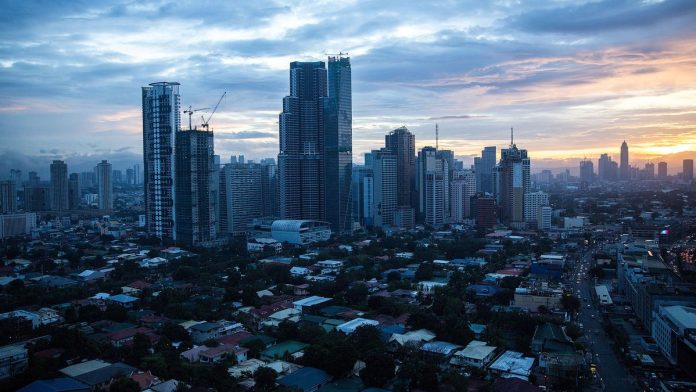
MANILA – The country may benefit from the largess of political spending this 2019, but economists are not totally convinced the gross domestic product (GDP) can grow fast enough to meet the Duterte administration’s goal.
Economists are pegging the GDP growth below the government’s target range of 7 to 8 percent. At best, it could be 7 percent.
Even if 2019 is an election year, Union Bank of the Philippines chief economist Ruben Carlo Asuncion placed his economic growth outlook at 6.8 percent.
“I expect growth still to be robust at around 6.8 percent for 2019. I anticipate the impact of election spending on consumption demand,” Asuncion told GMA News Online.
Winning candidates in the May 13 midterm elections will assume office on June 30, 2019—the middle half of President Rodrigo Duterte’s term in office.
“I expect an improvement in household demand and consumption as inflation continues to ease and return to the government’s target of 2.0 to 4.0 percent,” Asuncion noted.
Inflation eased to 6 percent in last November, after accelerating from 4.0 percent in January and peaking at 6.7 in October.
Inflation is expected to decelerate to below 4 percent by the second half of 2019, boosting consumer demand, according to “The Market Call” published by First Metro Investment Corp. and the University of Asia and the Pacific in December 2018.
“Along with robust spending on infrastructure and capital outlays, election-related spending and job generation, we think that Philippine economic growth is poised for a faster expansion in 2019,” FMIC-UA&P said.
The Duterte administration plans to spend over P8 trillion on its flagship “Build, Build, Build infrastructure program until 2022, largely funded by tax revenue.
There is a glimmer of hope that the GDP growth could touch the 7-percent floor of the government’s target this year, according to other economists.
“Philippine GDP could grow 6.5 percent to 7 percent in 2019 due to significantly higher growth in infrastructure spending, election-related spending for May 2019 elections, lower inflation,” Michael Ricafort, lead economist at the Rizal Commercial Banking Corp. (RCBC), said in a separate text message.
The lower base effect – recorded in 2018 – could also be a significant factor in this year’s economic prospects.
Slow down
The GDP grew by 6.6 percent in the first quarter of 2018, one of the best performing economies in Asia and next to Vietnam’s 7.4-percent growth.
But last year’s GDP slowed down to 6.2. percent in the second quarter, from 6.7 percent a year earlier, and slower still at 6.1 percent in the third quarter, from 7.0 percent in July to September 2017.
What caused the economic slowdown? Duterte’s economic managers pointed at the five-month closure of Boracay island for environmental cleanup and rehabilitation, as well as the suspension of several mining operations and the drop in household consumption due to inflation.
Bank of the Philippine Islands (BPI) expects growth to pick up pace between 6.5 and 7 percent this year.
“We think growth will be faster in 2019 vs. 2018, to be bolstered by a recovery in household consumption and manufacturing due to lower inflation,” BPI lead economist Emilio Neri Jr. said in a separate text message.
“Inflation should be close to 3.5 percent to restore consumer confidence,” he added. (GMA News)







